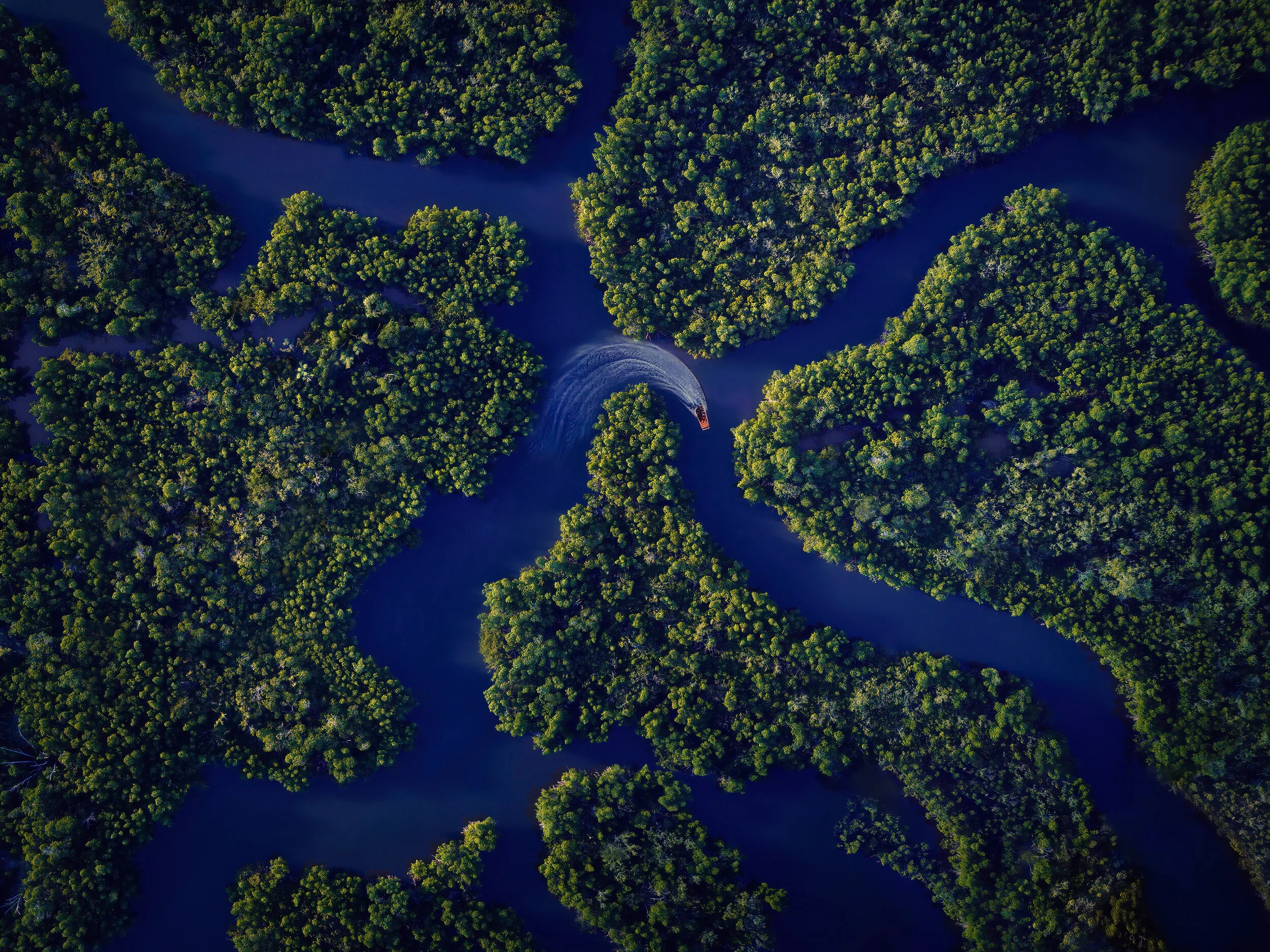WildLandscapes, in partnership with Family Lands Remembered, has entered into an agreement with Collier Companies to permanently protect 11,171 acres and to acquire 317,436 acres of mineral rights. All of these lands remain unspoiled, providing essential habitats to many of the Everglades' endangered species. Securing the Collier properties will position the National Park Service (NPS) and the U.S. Fish and Wildlife Service (USFWS) with the opportunity to ensure connectivity between large conservation areas and landscapes in Florida, and prevent future harmful development or exploitation.
WildLandscapes has partnered with Roaring Springs Ranch (the Ranch) and High Desert Partnership to implement several scientific studies that will inform sound sustainable ranching activities and determine the health of the ecosystems and its wildlife conservation efforts in the region. The sustainable management of the land will be key to preserving the Sheldon-Hart-Malheur landscape in the face of future climate change and growing threats of megafires.
Wildlife trade poses the second-biggest threat to the survival of species after habitat destruction. India is among the top 20 countries for the illegal wildlife trade and its fast-expanding airport, rail and other transport sector is often used by wildlife traffickers to smuggle high-end, high-value species and products. To check wildlife crime and improve biodiversity conservation and preservation efforts in India, the Indian Government mandated Wildlife Crime Control Bureau of India to initiate vigil on wildlife criminals to protect wildlife from illegal wildlife criminals.
In partnership with Bear Hill Conservancy and Kilham Bear Center, WildLandscapes Conservation and Preservation recently permanently protected over 2,300 acres of land in New Hampshire, now added to Silvio O. Conte National Fish and Wildlife Refuge and we have plans to preserve over 12,557 more!
Recently, there have been several exciting developments in Ol Pejeta. Many sources of international press have focused on the conservation work being done to save the last northern white rhinos from extinction. Only two females remain, a mother and daughter (Najin and Fatu), and ground-breaking science is being carried out to produce embryos using eggs from these rhinos, fertilized by sperm collected from now-deceased males. The embryos are expected to be carried to term in due course by surrogate southern white rhinos.






